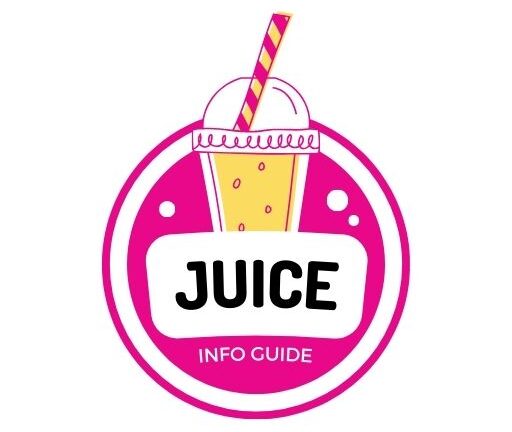Orange juice is a breakfast staple and a refreshing drink loved by many. But have you ever wondered how many oranges it takes to fill that carton of orange juice sitting in your fridge? Whether you’re a health-conscious consumer, a curious foodie, or someone who enjoys making fresh juice at home, understanding the relationship between oranges and orange juice can help you appreciate the effort behind every sip.
The Juicy Math: How Many Oranges Per Carton?
The number of oranges required to produce a carton of orange juice depends on several factors, including the size of the oranges, their juiciness, and the size of the carton. On average:
– A medium-sized orange yields about 1/4 to 1/3 cup (60-80 ml) of juice.
– A standard 1-liter (33.8 oz) carton of orange juice requires approximately 10 to 12 medium-sized oranges.
– For larger cartons, such as 1.5 liters (50.7 oz), you’ll need around 15 to 18 oranges.
This calculation assumes you’re using fresh, juicy oranges like Valencia or Navel varieties, which are commonly used for juicing.
Factors That Affect Juice Yield
Not all oranges are created equal when it comes to juicing. Here are some key factors that influence how much juice you can extract:
– Variety of Orange: Valencia oranges are known for their high juice content, while Navel oranges are slightly less juicy but sweeter.
– Size and Ripeness: Larger and fully ripened oranges tend to yield more juice.
– Juicing Method: Manual juicers may leave some juice behind, whereas electric juicers are more efficient.
If you’re making fresh-squeezed orange juice at home, choosing the right variety and tools can make a big difference in how many oranges you’ll need.
The Journey From Grove to Carton
Commercially produced orange juice undergoes several steps before reaching your table. After being harvested, oranges are washed, squeezed, and pasteurized to ensure safety and extend shelf life. During this process:
- Juice Extraction: Machines extract as much juice as possible from the fruit.
- Pasteurization: The juice is heated to kill bacteria but can lose some flavor compounds in the process.
- Flavor Adjustment: To maintain consistency, manufacturers often add “flavor packs,” which are derived from orange oils and essences.
These steps ensure that every carton tastes the same, regardless of seasonal variations in orange crops.
Fresh-Squeezed vs. Store-Bought Juice
While store-bought orange juice is convenient, fresh-squeezed juice offers a more natural flavor and higher nutritional value. Here’s how they compare:
| Aspect | Fresh-Squeezed Juice | Store-Bought Juice |
|---|---|---|
| Taste | Vibrant and natural | Consistent but less fresh |
| Nutritional Value | Higher in vitamin C and enzymes | Lower due to pasteurization |
| Shelf Life | Short (consume within 2-3 days) | Long (weeks or months) |
| Convenience | Requires time and effort | Ready-to-drink |
If you’re aiming for freshness and maximum nutrition, squeezing your own juice at home is worth the effort. However, if convenience is your priority, 100% pure store-bought orange juice is still a good option.
Why Knowing This Matters
Understanding how many oranges go into your carton of orange juice highlights the value of this popular beverage. It takes considerable resources—land, labor, water—to grow and harvest these fruits. By appreciating this process:
– You can make informed choices about the type of orange juice you buy (e.g., fresh-squeezed vs. not-from-concentrate).
– You might be inspired to reduce waste by using leftover pulp in recipes like smoothies or baked goods.
– You’ll gain a deeper appreciation for the farmers and workers behind every glass.
Tips for Making Your Own Orange Juice
If you’d like to try making fresh-squeezed orange juice at home, here are some tips:
- Choose Juicy Varieties: Valencia or Navel oranges work best.
- Warm Your Oranges: Roll them on the counter or microwave them for a few seconds to release more juice.
- Invest in a Good Juicer: A quality manual or electric juicer can save time and maximize yield.
- Drink Immediately: Freshly squeezed juice tastes best right away and retains more nutrients.
Final Thoughts
The next time you pour yourself a glass of orange juice, take a moment to think about the journey from grove to glass—and how many oranges made it possible. Whether you’re buying it from the store or squeezing it yourself, each sip is packed with flavor, nutrition, and effort!
